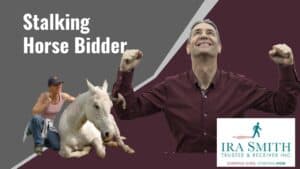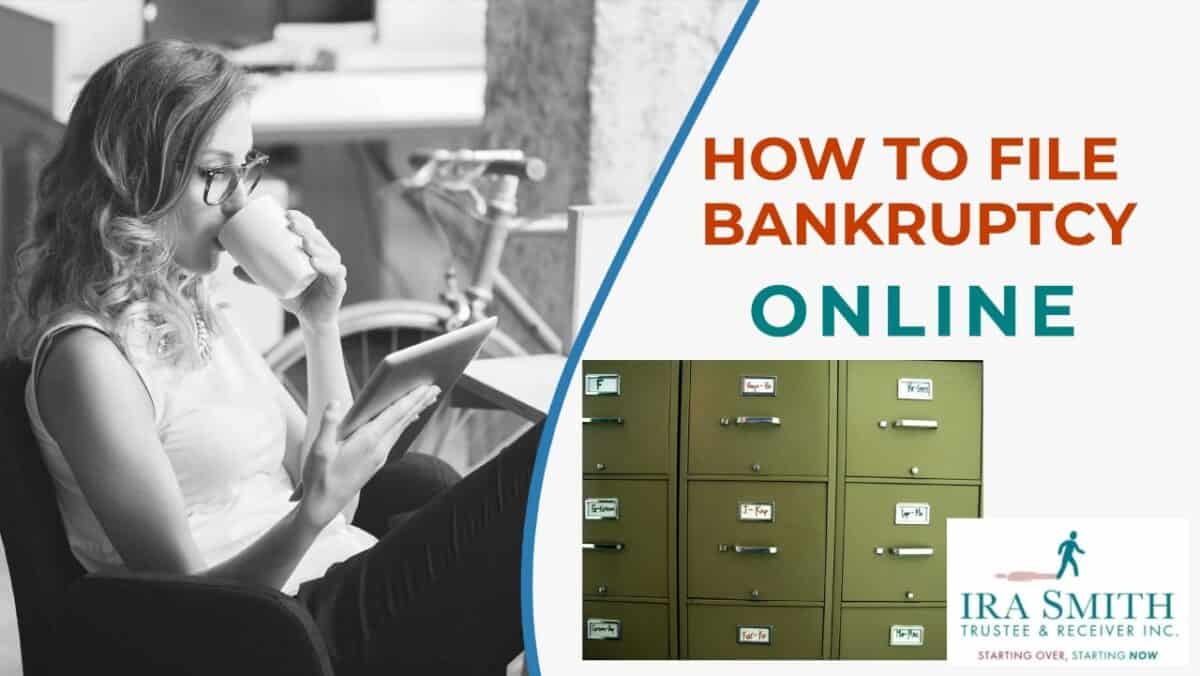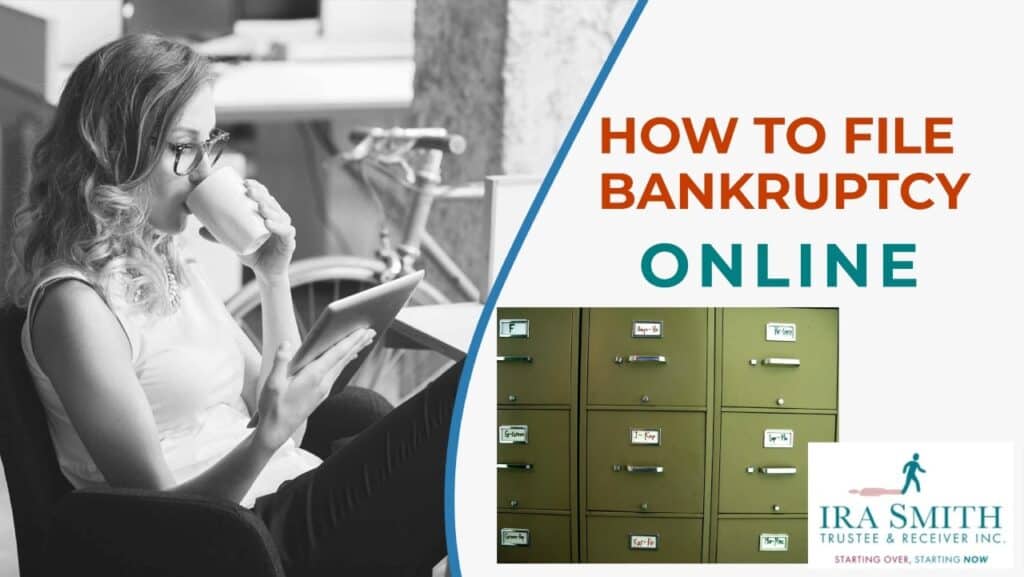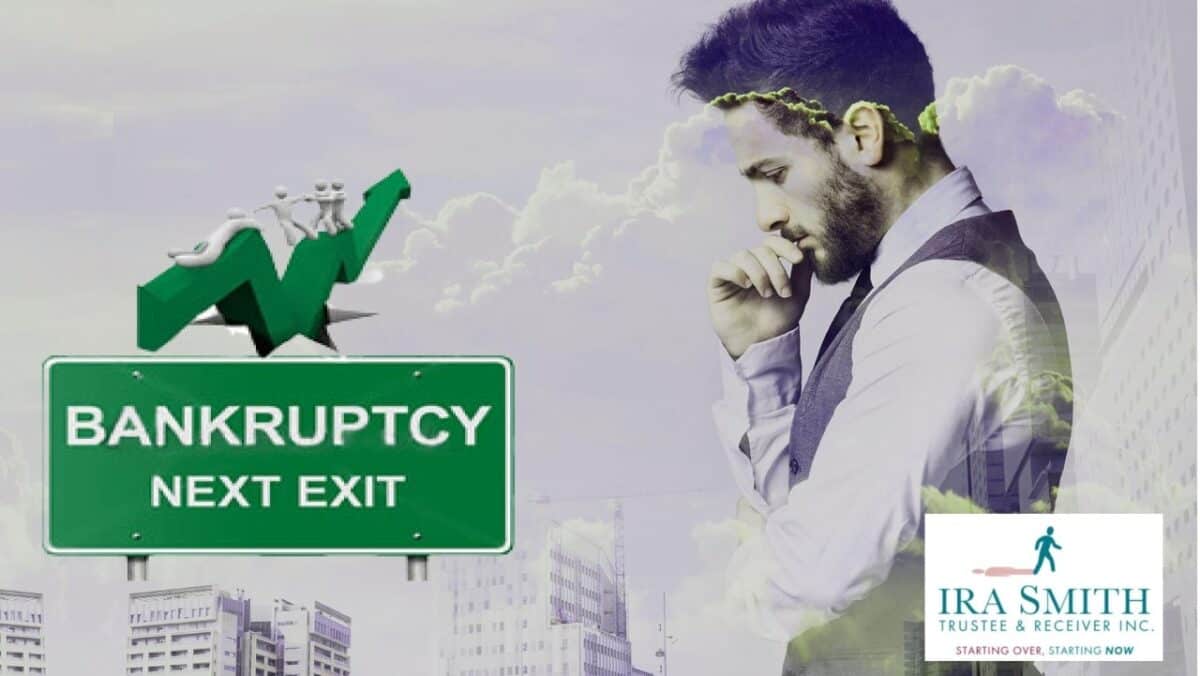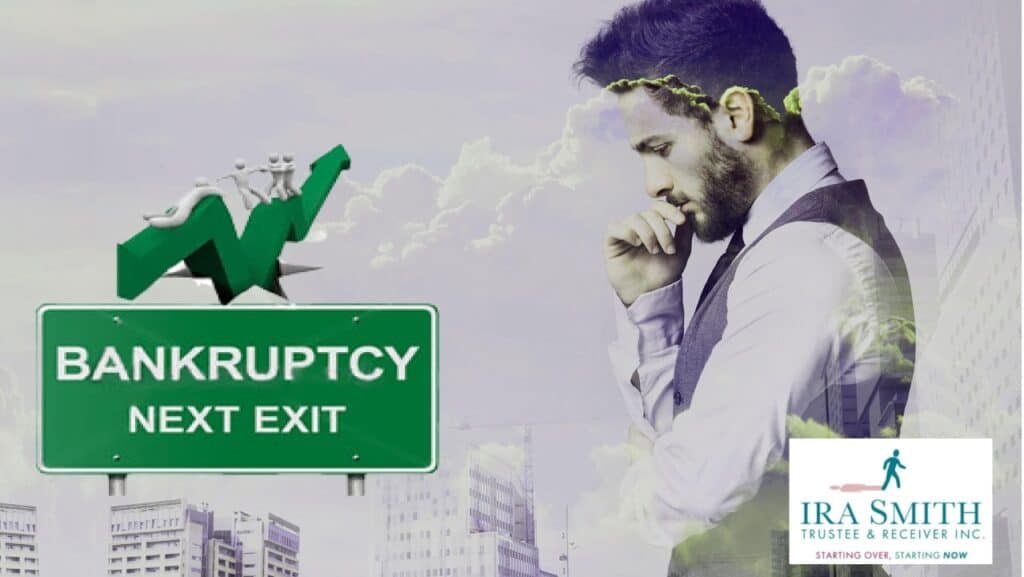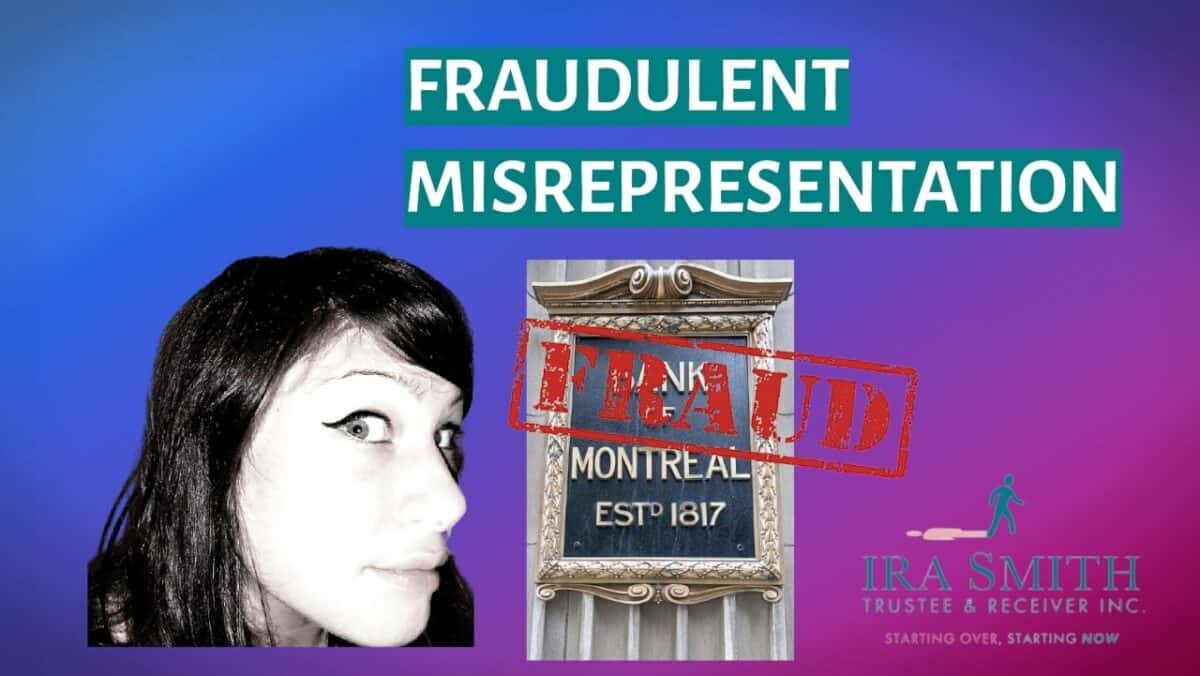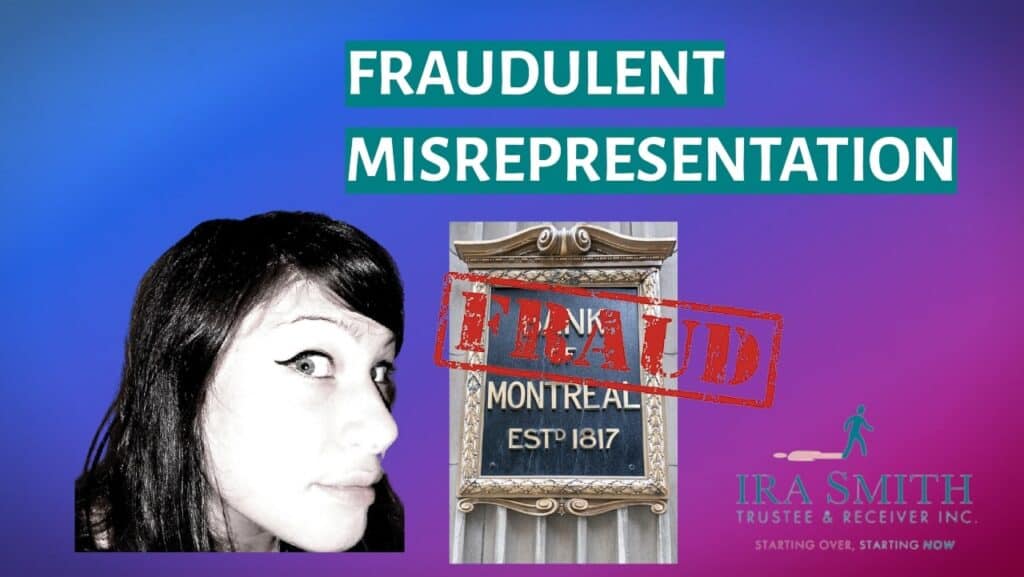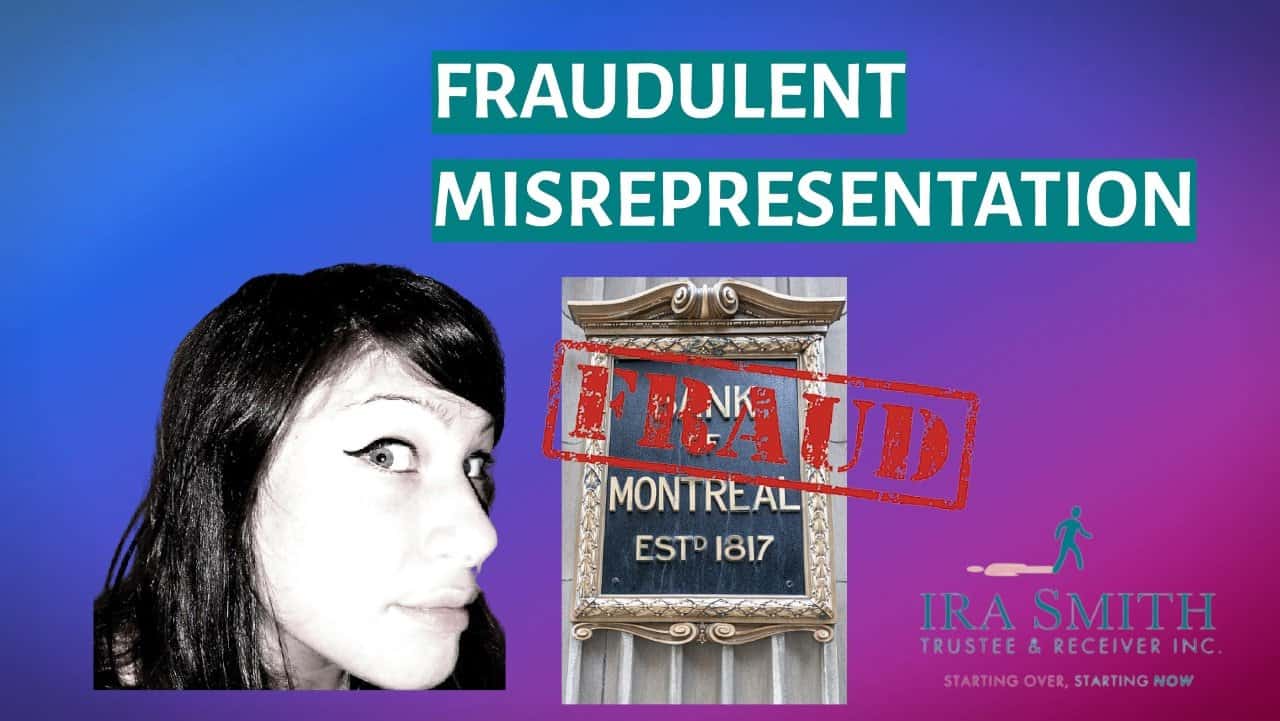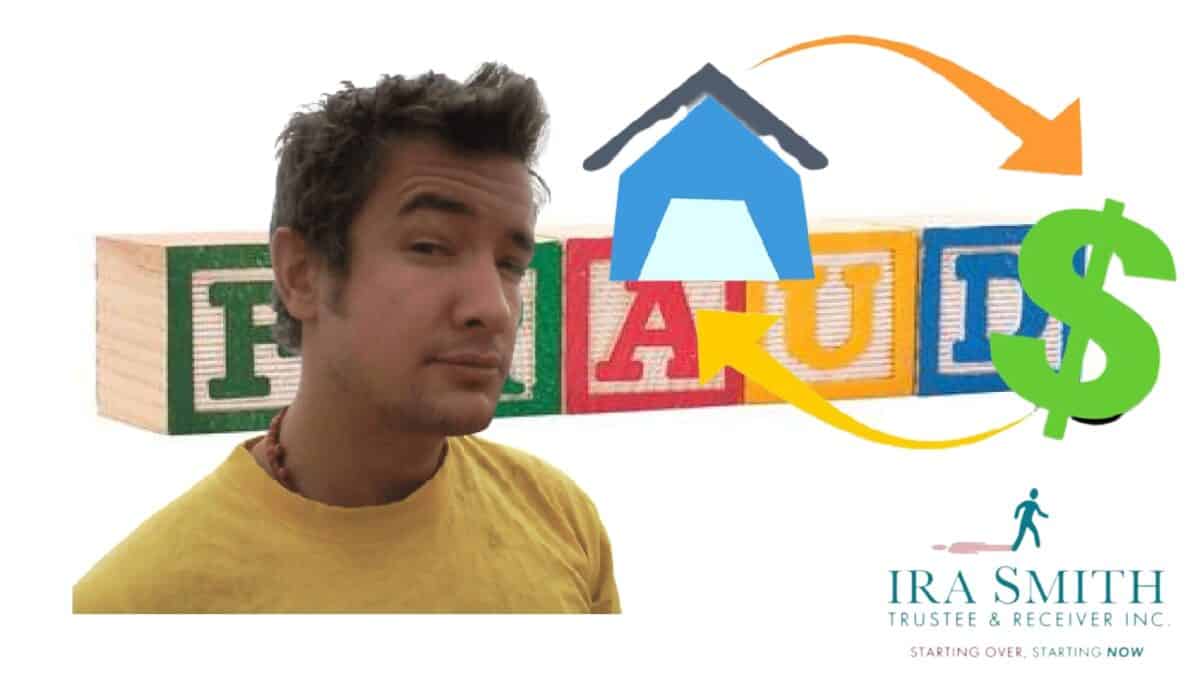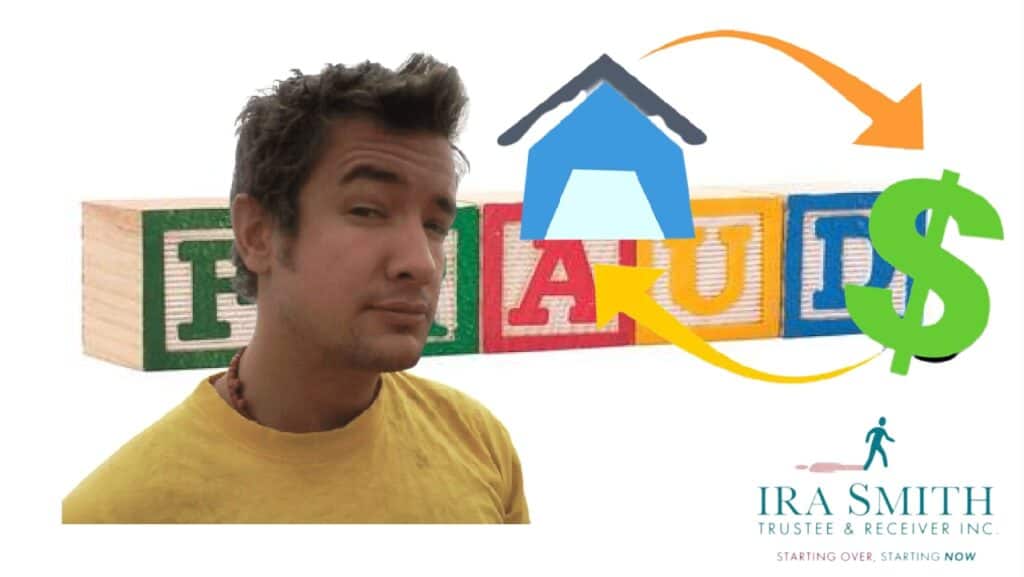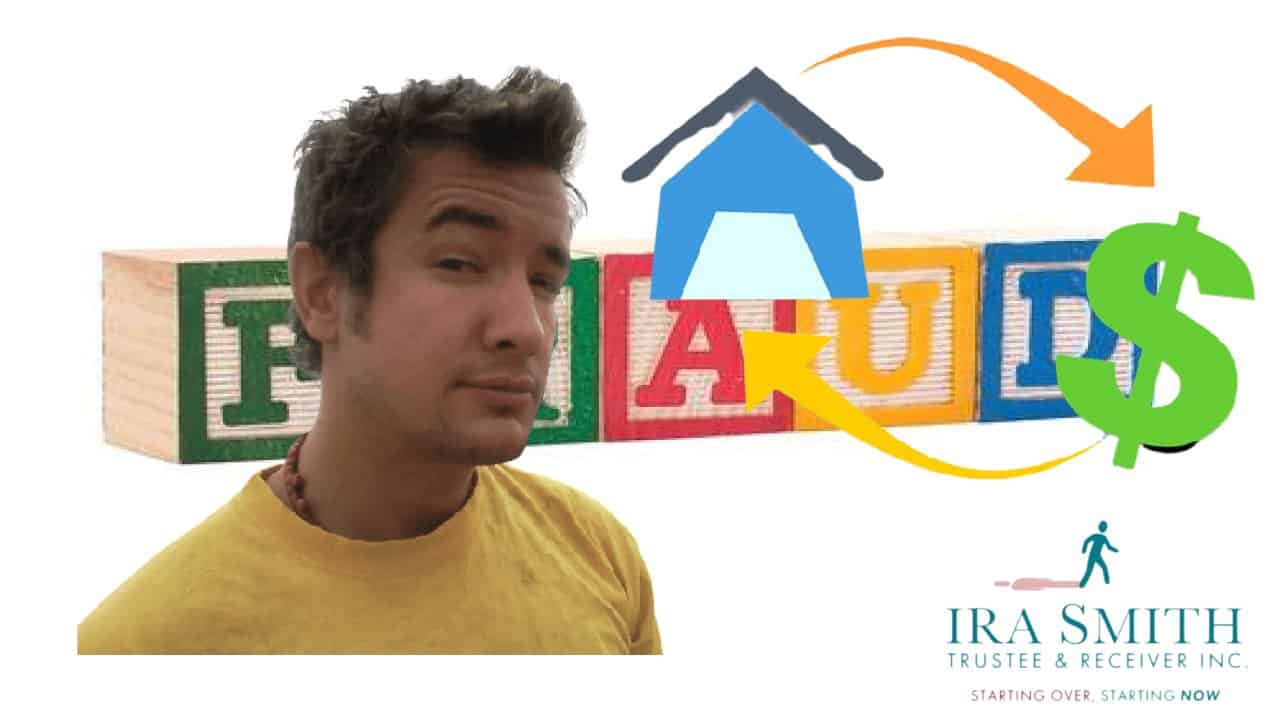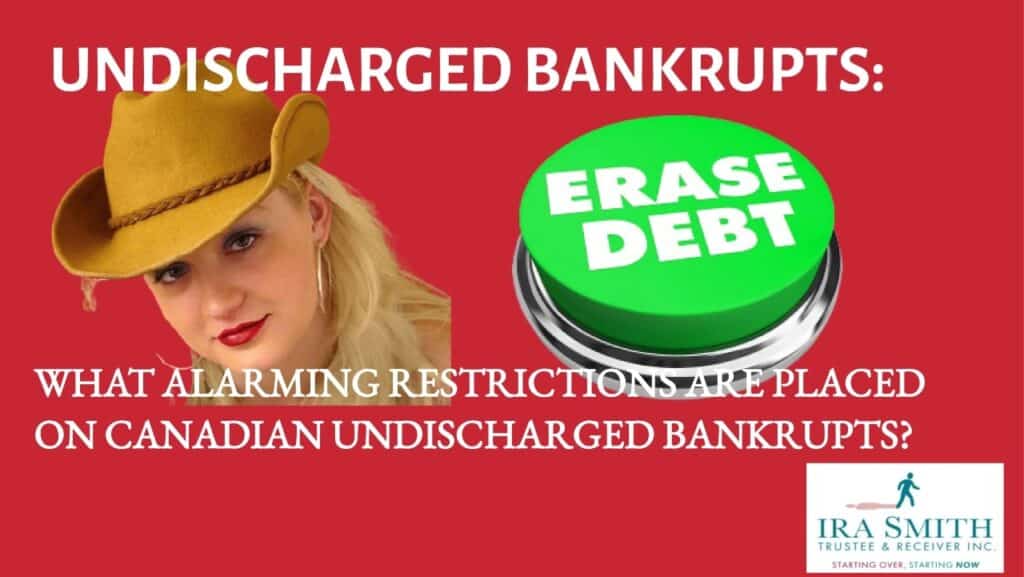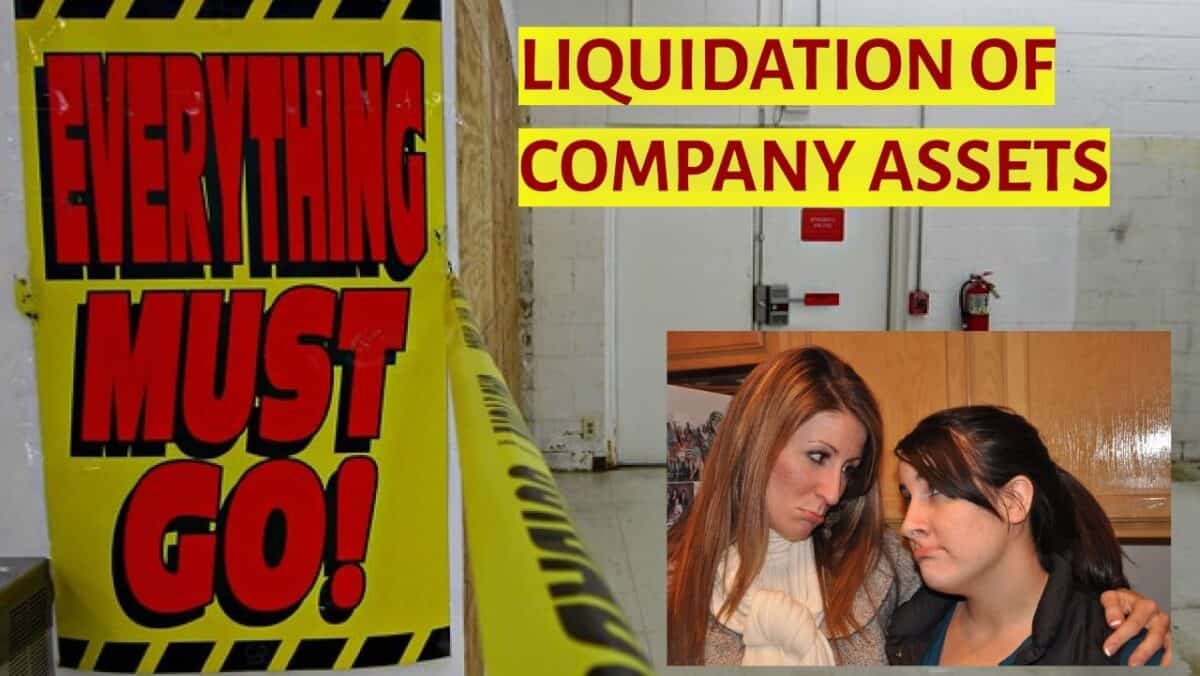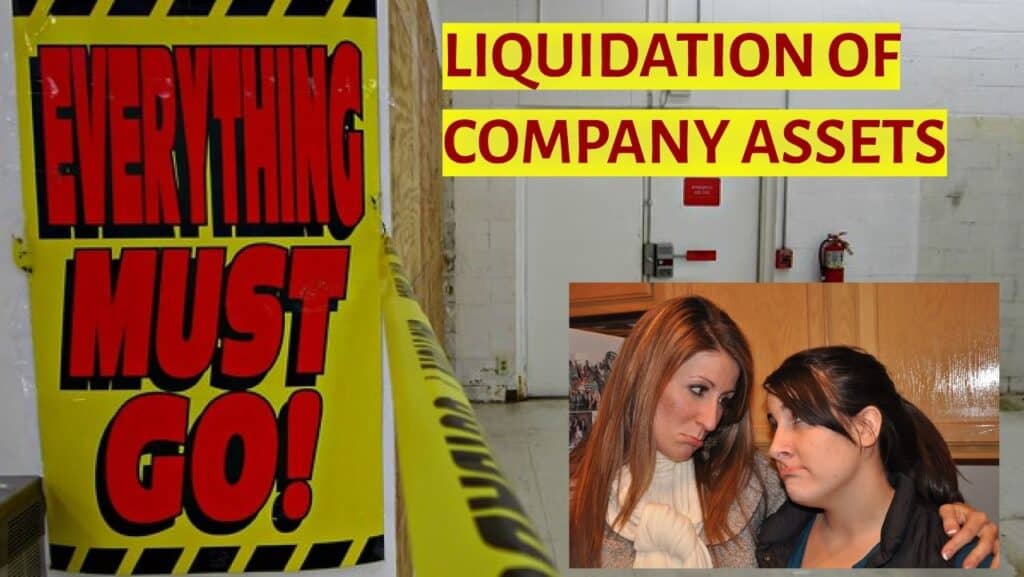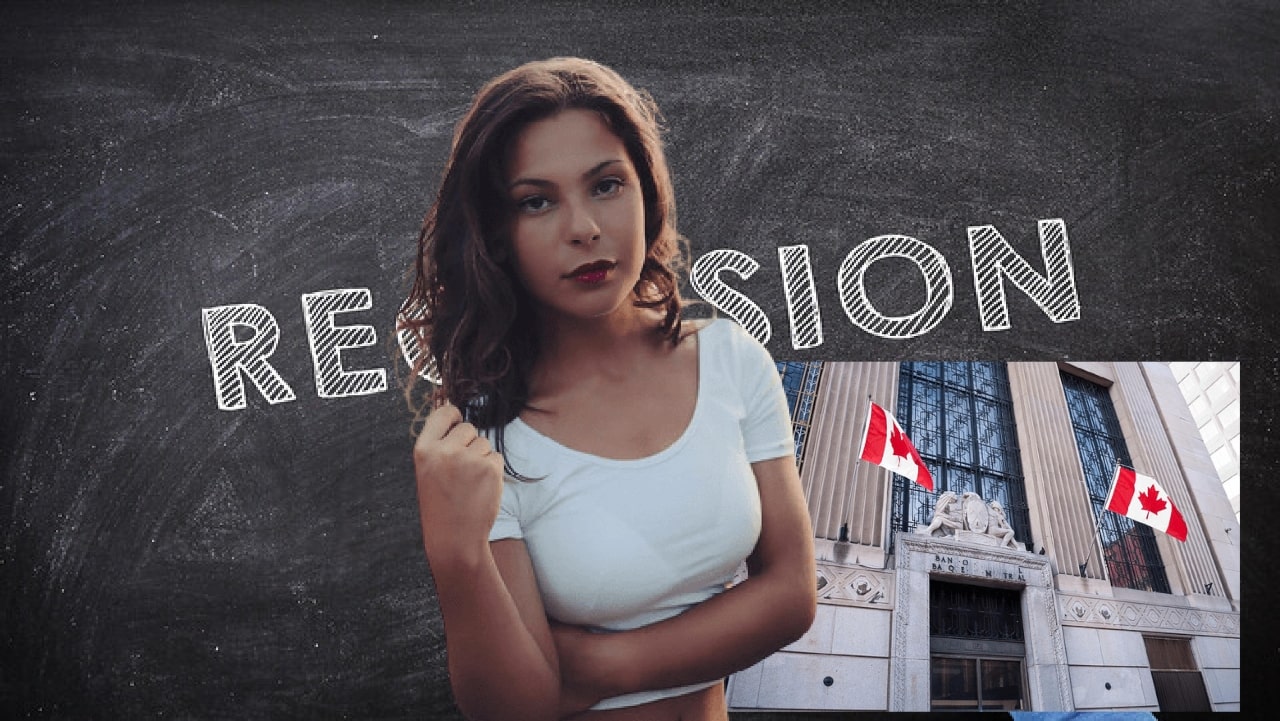First mortgagee: What is the definition of a mortgagee?
A mortgagee is a person or company who gives a loan and uses the property as security for the debt. The mortgagee is the lender. The property owner who borrows the money is called the mortgagor.
I have acted in many real estate receivership matters. Real estate receiverships in Ontario normally involve a court-appointed receiver. The reason is usually that there are many competing parties and perhaps competing claims. The best way to resolve these disputes and for the party that purchases the real estate from the receiver is through court supervision.
In this Brandon’s Blog, I describe a recent decision of the Court of Appeal for Ontario involving a real estate receivership and the claim of the first mortgagee. I and my Firm are not involved in this matter.
What is the definition of a first mortgagee?
A first mortgage is a loan that is secured by real estate property in priority to any other loans registered against the real property. In the event of default, the first mortgage loan has priority over any other loans that are secured by the property. The first mortgagee is the mortgagee that holds that first mortgage for that mortgage loan.

Institutional First Mortgagee Definition
The term “institutional first mortgagee” refers to a lending institution that provides financing for a first mortgage loan. Such mortgage lenders are typically a banking institution, credit union, or company that specializes in mortgage lending.
The institutional first mortgagee typically offers the lowest interest rate and best terms for the mortgage loan, especially if they are going to hold an institutional first mortgage. However, this is not the case if the institutional lender is one that deals with harder-to-finance properties or sub-prime mortgage loans.
Is it possible to have more than one mortgage at the same time?
There are instances where multiple mortgages may be an option. However, it is no secret that mortgages can be difficult to obtain. Financial institutions are often hesitant to approve multiple mortgages for fear of the borrower’s ability to repay. It is quite possible that to get more than one mortgage a borrower may have to look at the secondary mortgage market to accomplish that second or third mortgage transaction on the same property.
Every lender is different. One lender may see an opportunity where another would deem it too risky. The terms and pricing being offered will match the lender’s risk assessment. Remember, there can only be one first mortgage. Each subsequent mortgage will be more expensive and may have more onerous terms as each subsequent mortgagee is taking on more risk than the first mortgagee lending against the same real property.
Adding another mortgage may only exacerbate your financial difficulties if you are already struggling to make payments on one. Before making a decision, it is important to carefully weigh all of your options.

The case I am about to describe highlights the dangers of having an institutional first mortgage and then having a subsequent mortgagee holding the second mortgage when the owner’s business plan for the commercial real estate does not work out.
First National Financial v. Golden Dragon: You can’t always get what you want
The case before the Court of Appeal for Ontario is an excellent instance of not always obtaining what you want. The Rolling Stones stated it best in their 1969 tune, “You Can’t Always Get What You Want.”
The Court of Appeal decision that I describe below may seem fairly obvious. First National Financial GP Corporation v. Golden Dragon Ho 10 Inc., 2022 ONCA 621, stands for the proposition that in order for a first mortgagee (or any mortgagee) to make a claim for accelerated interest on the entire debt, or any other claim a mortgagee may make when a mortgage goes into default, you first must look at the mortgage terms to see what exactly they are entitled to.
The first issue to be addressed is a priority dispute between the first mortgagee, First National Financial GP Corporation (First National), the second mortgagee, Liahona Mortgage Investment Corporation (Liahona); and the mortgagors, Golden Dragon Ho 10 Inc. (GDH 10) and Golden Dragon Ho 11 Inc. (GDH 11) (collectively referred to as the mortgagor). The primary concern of this appeal is whether the trial judge erred in deciding that First National, as the first mortgagee, is entitled to payment of a future, unearned, interest to the end of the term of its closed mortgages.
Additionally, Golden Dragon appealed the receiver’s fee and costs approved by the lower court. The Court of Appeal for Ontario quickly dismissed their appeal.
First mortgagee: Should You Take Out a Second Mortgage?
When it comes to your finances, taking on more debt is generally not considered a good idea. However, there are some situations where taking out a second mortgage charge on title can make sense.
Opting for a second mortgage entails some risks. If you’re unable to keep up with all the mortgage payments, you could lose your property through the power of sale proceedings.
Golden Dragon used to own two residential apartment buildings that were next to each other in Ottawa. When they bought these properties, they assumed three closed registered mortgages: the first mortgage on one building, a first mortgage for the second building, and a second mortgage for the second building. All three mortgages were held by First National. Its second mortgage ranked pari passu with its first mortgage.
Despite being required to give notice to First National under its mortgages, Golden Dragon subsequently placed a second mortgage on the first building without giving any notice. This new subsequent mortgage was held by Liahona.
Golden Dragon took out a second mortgage to get access to funds to use to renovate the apartments. However, Golden Dragon was unsuccessful in renovating the properties and became insolvent. As of December 2016, the Liahona second mortgage was in default and no further payments were made.
Liahona issued a notice of sale for the property of Golden Dragon and obtained a default judgment, and a judgment to take possession of the property.
As of June 2017, the First National mortgage charges on title were in default. Their mortgages included cross-default provisions, meaning that a default under one was deemed to be a default under all three First National mortgages. On August 17, 2017, First National made a formal demand that Golden Dragon pays the arrears and cure the non-monetary defaults and delivered notices of intention to enforce security pursuant to s. 244 of the Bankruptcy and Insolvency Act. Golden Dragon was unable to cure the borrower defaults and the court appointed the interim receiver after considering the circumstances of default.

The interim receiver ensured the properties were stable and increased the rental income. Rather than the first mortgagee or second mortgagee selling the properties by way of a power of sale, the court then expanded the interim receiver’s role to marketing and selling the apartment buildings. The interim receiver requested the court’s approval for the sale of the properties. The court found that the approval conditions were met, the sale was approved, and the properties were sold.
What can the first mortgagee claim if the mortgaged properties are sold?
The trial judge’s ruling found that the First National registered mortgages did not give it the right to claim the disputed “yield maintenance penalties,” which included an acceleration of all amounts due until the end of the mortgage terms.
Although the mortgages contained a provision allowing Golden Dragon to redeem the mortgages by paying a “yield maintenance” penalty calculated according to a formula set out in the provision, this privilege only applied if Golden Dragon was not in default under the terms of the mortgages. Since Golden Dragon was in default, it no longer enjoyed the privilege of prepayment of the mortgages. As a result, First National was not entitled to charge a yield maintenance penalty.
Despite this, the trial judge decided that First National was entitled to the amounts it claimed as a condition of payout:
- under a common law rule that a mortgagee is entitled to all accelerated interest owing to the date of maturity when a closed mortgage is vested off the title before the end of the term; or
- in accordance with an implied contractual entitlement to interest on the unpaid balance, the trial judge read into the First National mortgages.
Liahona submitted to the trial judge that the first mortgagee was not entitled to accelerated interest under their mortgages unless there was a specific clause in the mortgage authorizing such a claim. The trial judge rejected that argument and concluded that the accelerated interest under the mortgage became due when the registered mortgages were terminated prematurely upon being vested off title pursuant to the court-supervised sale.
What the Court of Appeal for Ontario decided
Liahona and Golden Dragon appealed the trial judge’s decision in interpreting the basics of mortgagee clauses for the following issues:
- Whether the trial judge was correct in finding that the first mortgagee claim for priority for the accelerated interest under its mortgages under common law.
- If the trial judge erred by implying a contractual term in the First National mortgages that didn’t exist.
The Court of Appeal for Ontario differed from the lower court’s ruling concerning the mortgagee clause relating to accelerated interest. The appellate court noted that the lower court misapplied the law as well not taking into consideration the full scope of the contracts. It further stated that a loan agreement is interpreted according to standard principles of contract interpretation.
The Court of Appeal for Ontario vacated the trial judge’s ruling. Even though First National objected, the appellate court decided that the first mortgagee was only entitled to the principal and interest, plus costs up to the day of the sale of the properties that the court authorized.
First mortgagee: The main point
The main point of this court case is that if you negotiate and bargain for a certain set of contractual terms set out in writing, the court will look at the rights and responsibilities of the parties to the contract. This includes any mortgagee clause it bargained for.
I hope you enjoyed this Brandon’s Blog on what this first mortgagee rights and what it was entitled to from the court-supervised sale of the properties. Are you or your company in need of financial restructuring? Are you or your company insolvent due to a contract you may have entered into? Can you or your business not able to afford to make all your necessary debt payments, including mortgage payments?
The financial restructuring process is complex. The Ira Smith Team understands how to do a complex restructuring. However, more importantly, we understand the needs of the entrepreneur or the person who has too much personal debt. You are worried because you are facing significant financial challenges.
It is not your fault that you are in this situation. You have been only shown the old ways that do not work anymore. The Ira Smith Team uses new modern ways to get you out of your debt troubles while avoiding bankruptcy. We can get you debt relief freedom.
The stress placed upon you is huge. We understand your pain points. We look at your entire situation and devise a strategy that is as unique as you and your problems; financial and emotional. We know that we can help you the way we take the load off of your shoulders and devise a debt settlement plan.
We realize that people and businesses in financial difficulty need practical advice and a workable solution in an easy-to-understand financial plan. The Ira Smith Team knows that not everyone has to file for bankruptcy in Canada. Most of our clients never do, as we are familiar with alternatives to bankruptcy. We assist many people in finding the relief they need.
Call or email us. We can tailor a new debt restructuring procedure specifically for you, based on your unique economic situation and needs. If any of this sounds familiar to you and you’re serious about finding a solution, let us know.
Call us now for a no-cost initial consultation.





